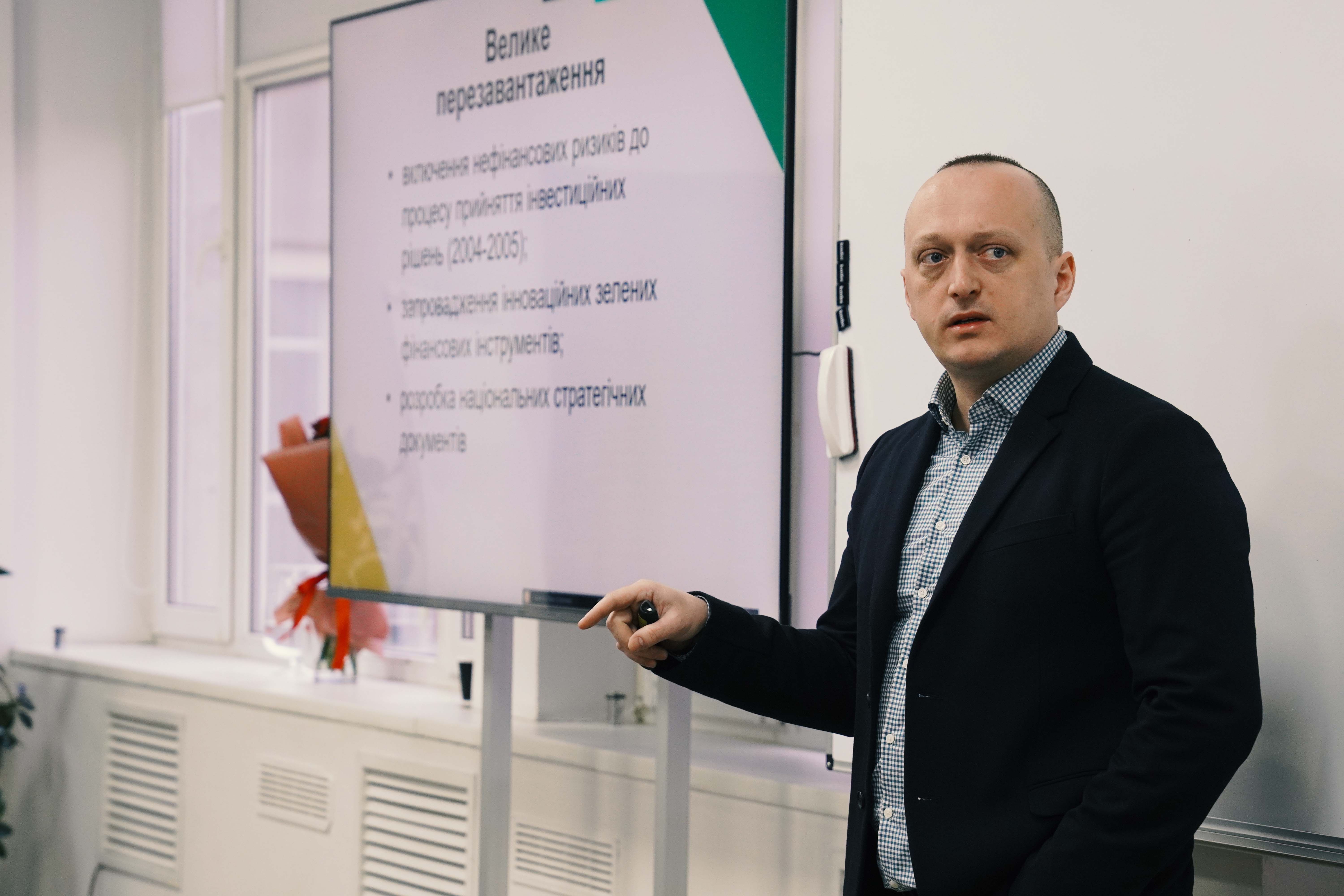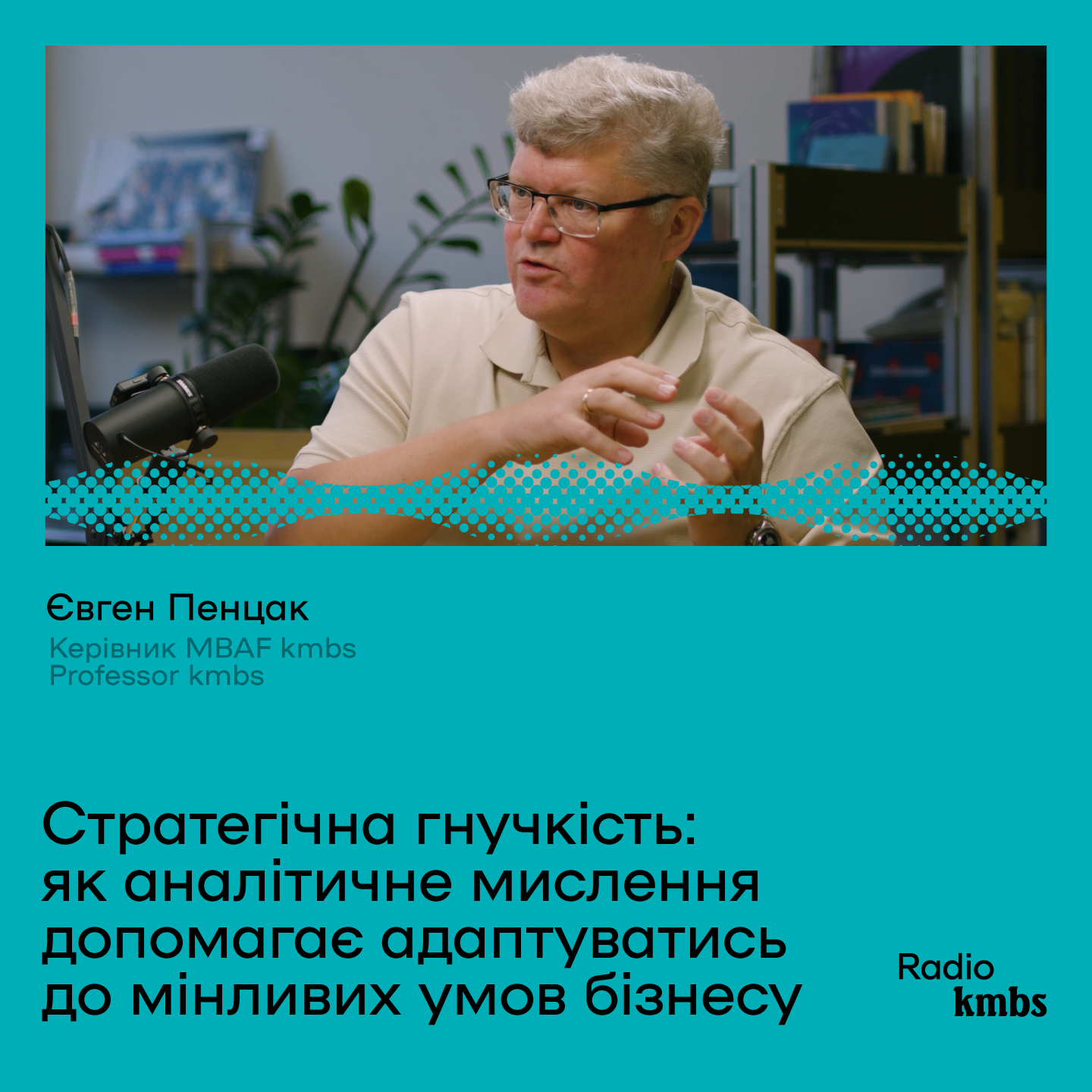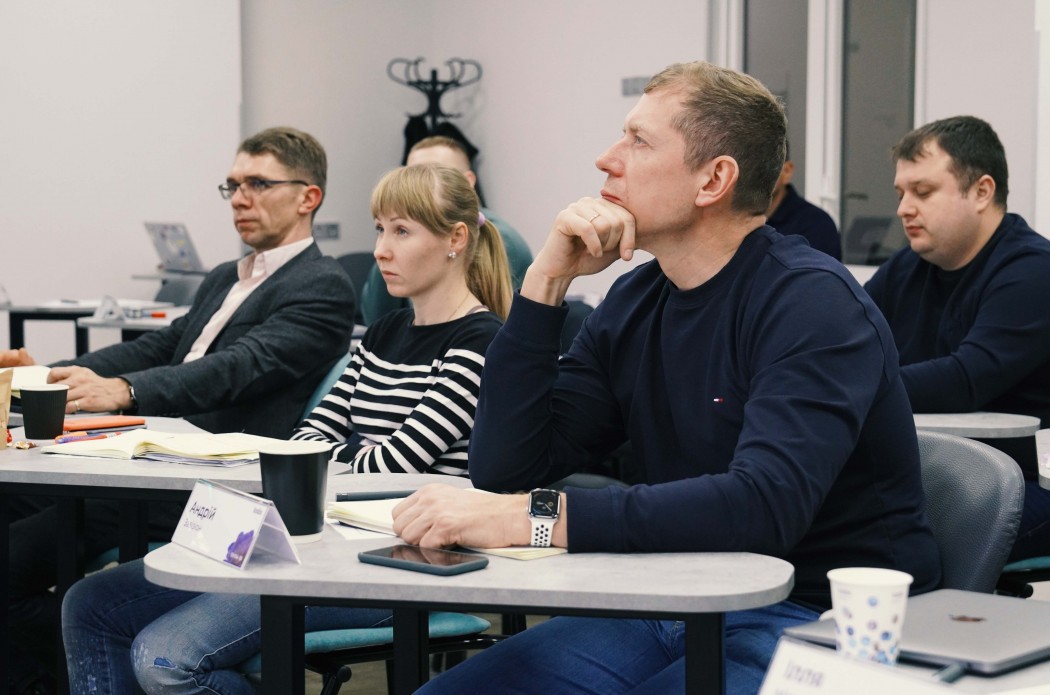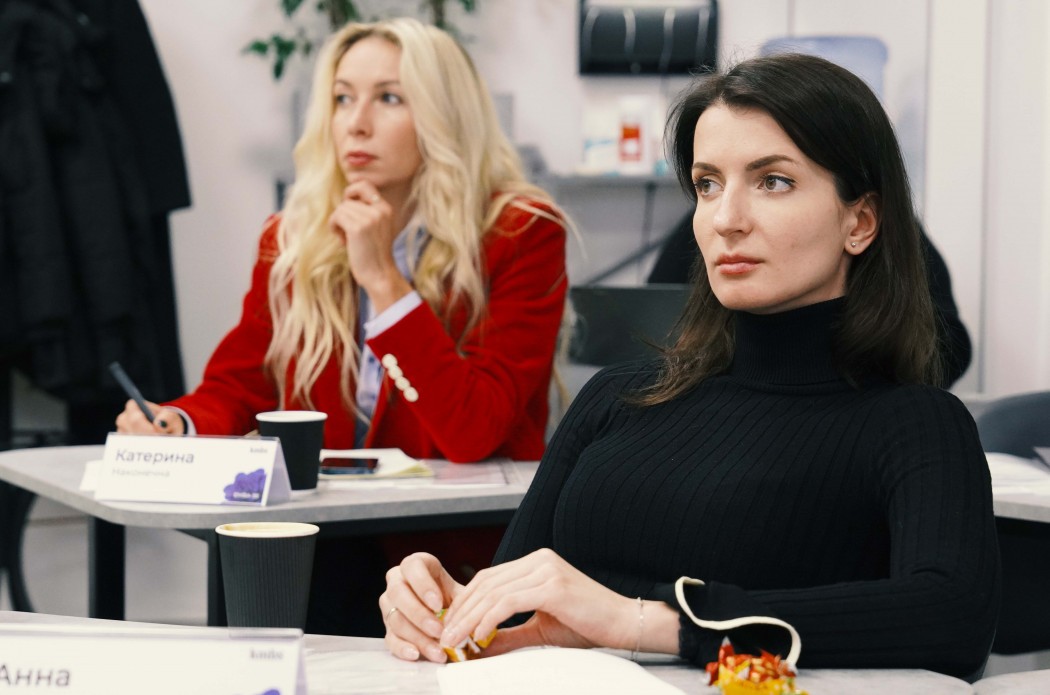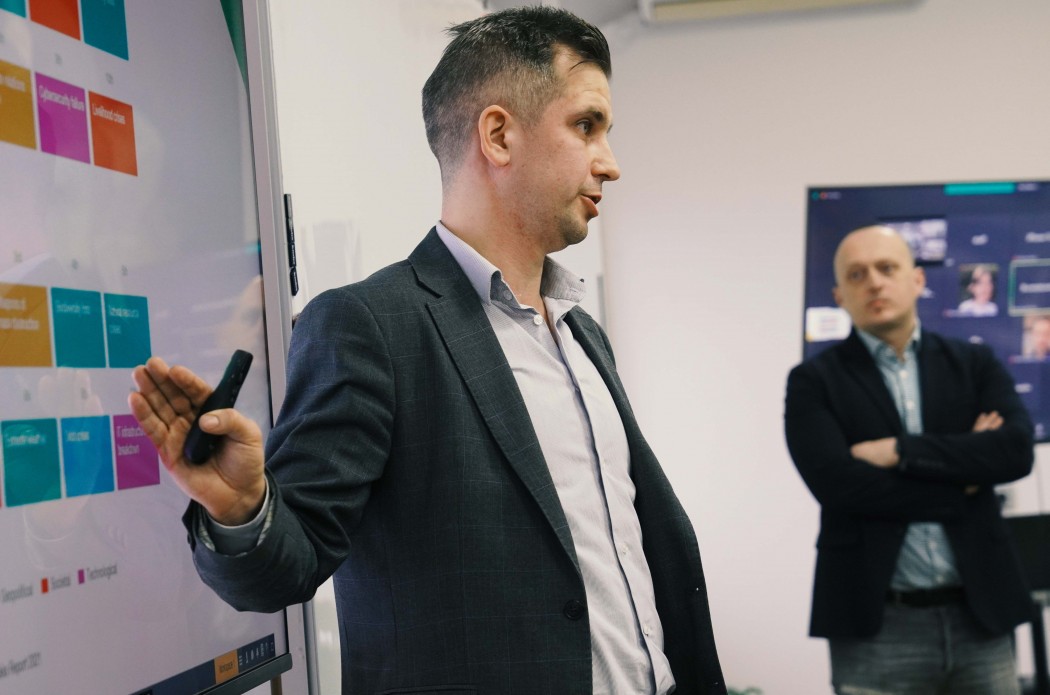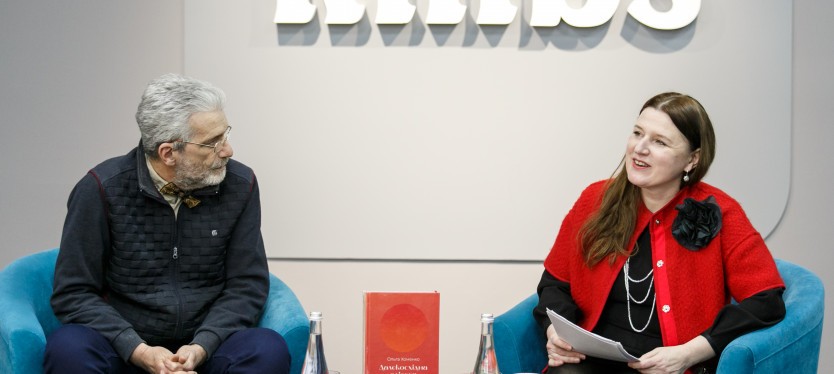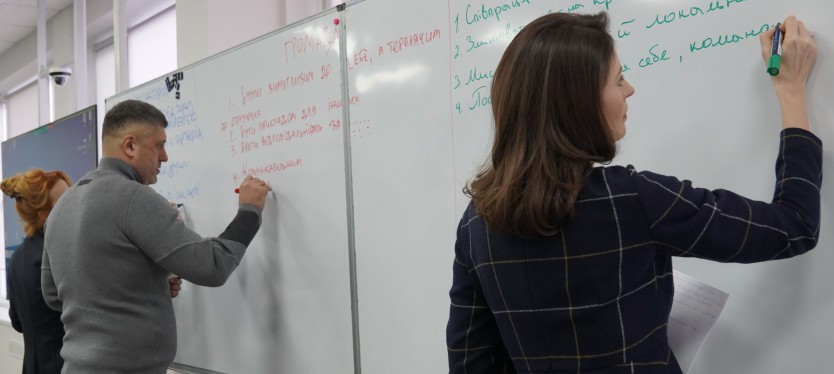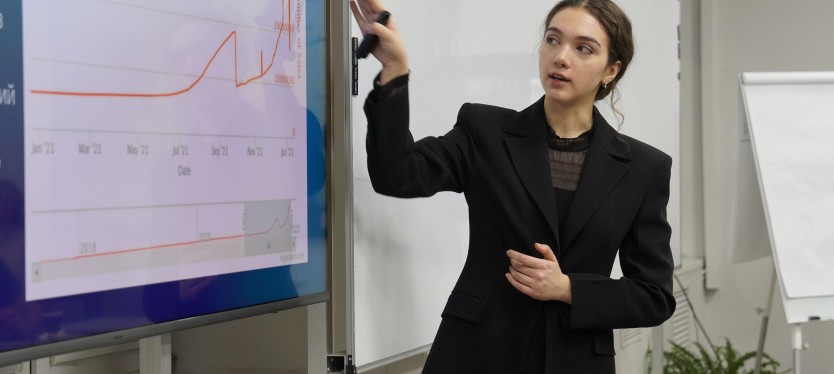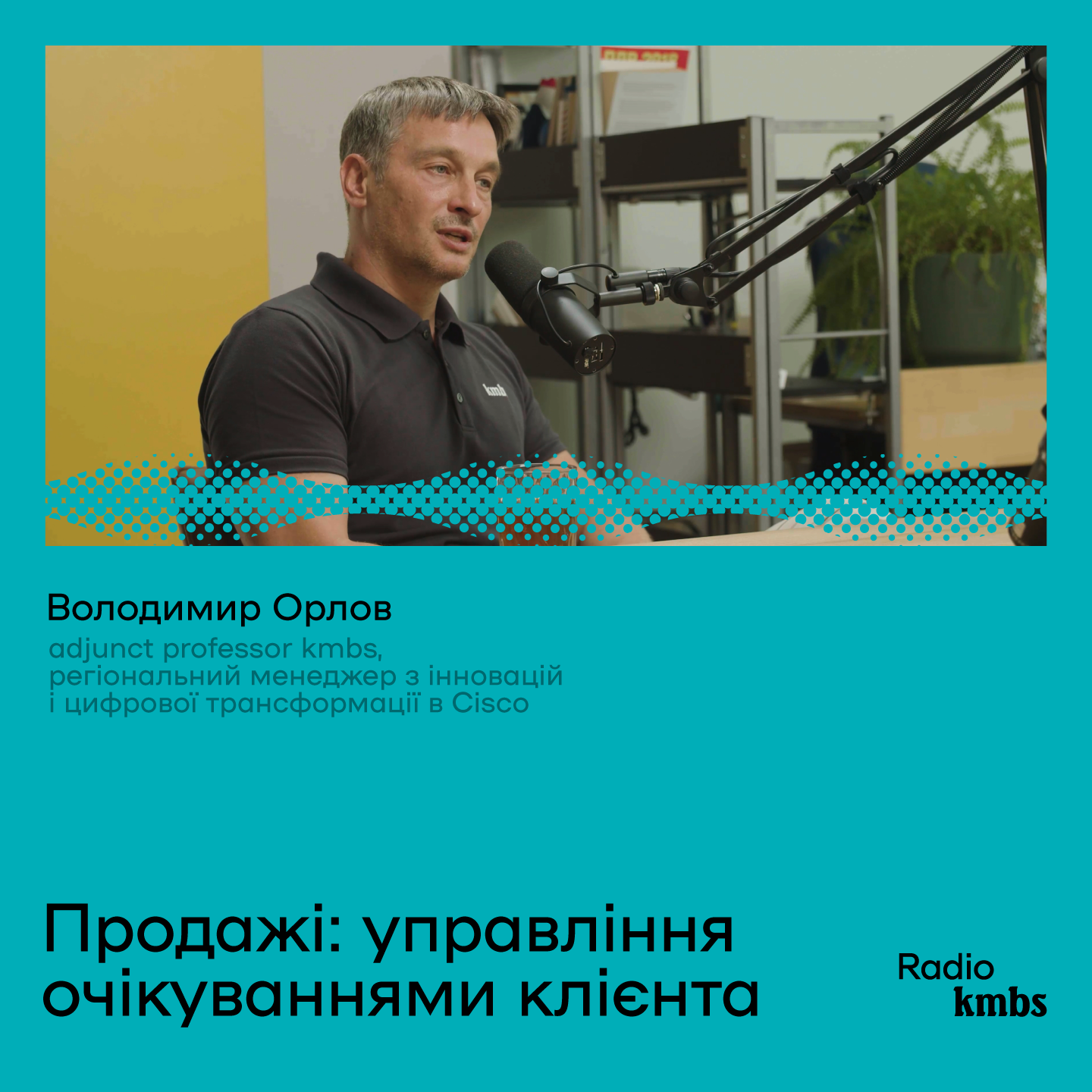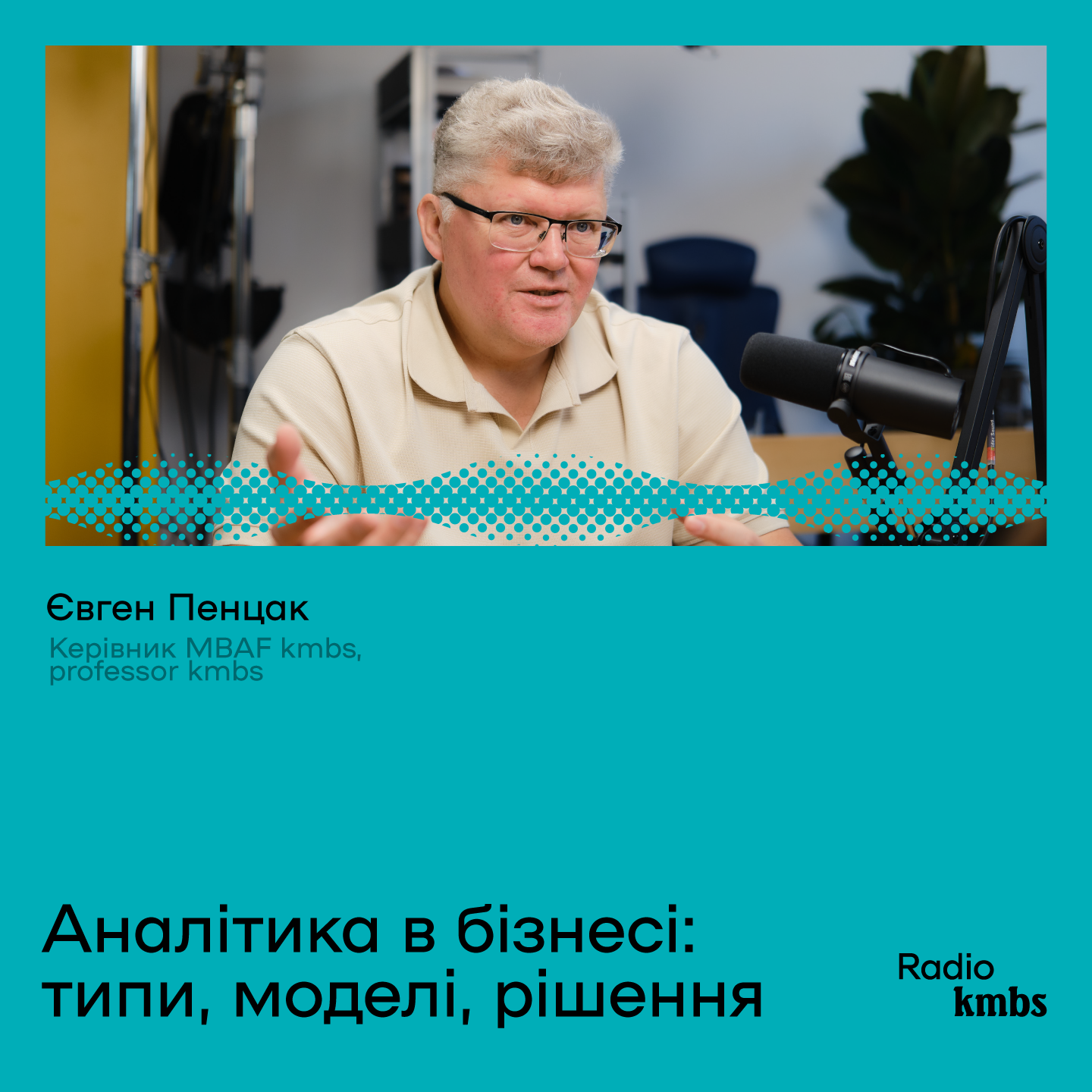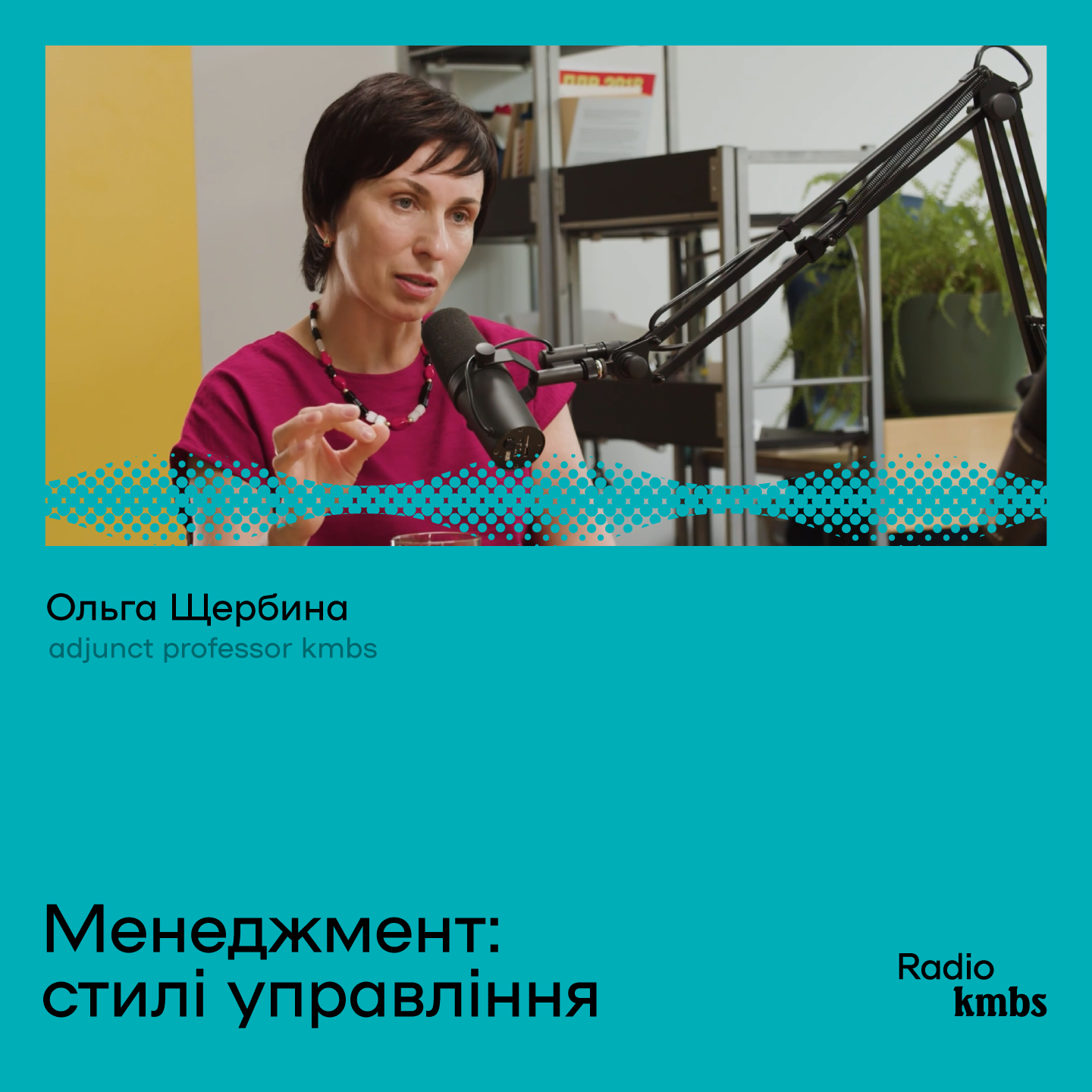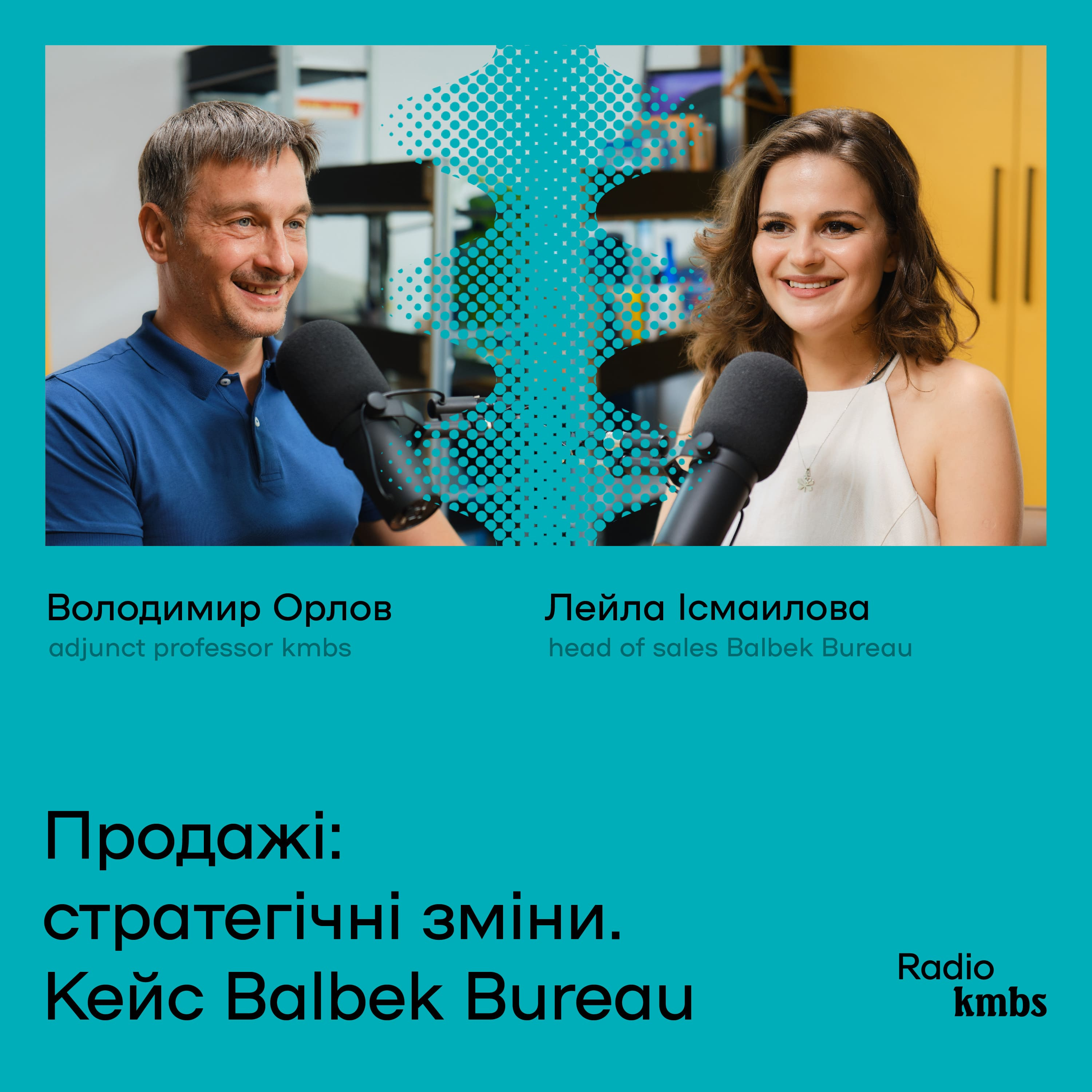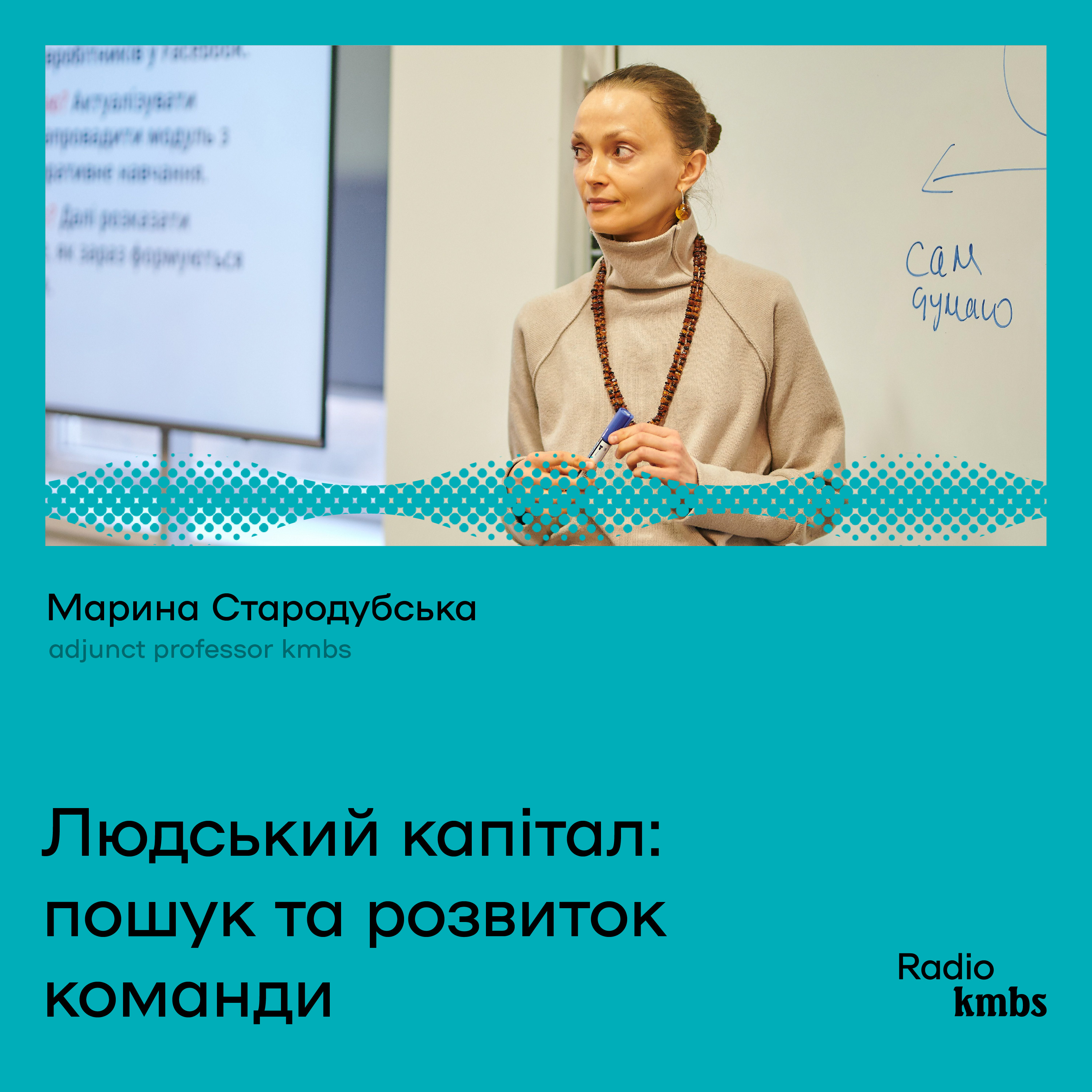"The financial sector, with its vast resources and experience in risk management, must be at the heart of the fight against climate change." This statement belongs to Citigroup CEO Michael Korbat, from whom the conversation about green capital — a different ecosystem of global finance — began for the Executive MBA participants. Currently, EMBA-38 participants are studying the current system, processes, and trends of international finance (in the course of the same name); Naturally, green finance is one of the hot topics in global finance.
The CEO of one of the largest international financial conglomerates is right: climate challenges require ongoing changes in the global financial system. Eugene Volkovsky — visiting professor kmbs — noted: "Since the public sector does not have enough funds to ensure sustainable development goals, today the financial sector is a kind of locomotive for this task."
At the presentation, which kmbs participants discussed, it was consistently emphasized that a green "big reboot" is possible with an integrated approach:
1) Inclusion of non-financial risks in investment decision-making processes.
2) Introduction of green financial instruments.
3) Introduction of national strategic documents.
The presentation on green capital for EMBA-38 was conducted by experts in climate finance, who, in particular, launched the Center for Blended Value Studies in 2015, which provides advice on sustainable development. Oleksandr Sushchenko, Doctor of Economics, UNDP Energy and Environmental Project Coordinator, and Yevhen Volkovskyi, Candidate of Economic Sciences, Associate Professor of Kyiv National University of Economics, spoke in detail about two aspects of sustainable development finance. Namely: non-financial risks and green finance instruments.
The European green exchange rate target of "2 degrees Celsius", in particular, is reflected inaccurate figures for investment by 2050: $ 100 trillion for the world, $ 450-560 billion for Ukraine; such statistics were announced at the presentation. So the environment becomes a financial reality, the financial market sees prospects for development in the green market and takes advantage of this opportunity.
Climate change instruments are usually divided into two groups and two respective approaches: 1. Fiscal instruments (here: environmental and energy taxes) and 2. Market instruments (here: the greenhouse gas emissions trading scheme). Among the innovative market instruments today: are green certificates, green bonds, sustainable development bonds, bonds and swaps of disasters, bonds of economic impact.
"Everyone will have enough money to plant greenery," Oleksandr Sushchenko predicts. The general objectives set out in the Declaration of Sustainable Development are implemented in specific companies through a risk assessment system, that is, through a list of indicators by which the financial market evaluates itself and its customers. Financial institutions are obliged to analyze ESG risks because banks are interested in developing green finance, interested not only in the interest they receive but also in additional assets. Only certificates for greenhouse gas emissions make up the market, which is growing at a high rate.
Currently, in Ukraine, in green finance, there is a question about the taxonomy of sustainable development projects and related access to information on non-financial risks. And in this regard — the problem of qualified personnel and uncoordinated actions of ministries at the level of powers is becoming more acute. Meanwhile, Oleksandr Sushchenko is convinced: "The pandemic will end, then the economy will need an incentive to grow. The financial crisis of 2008 has shown that governments and large companies are taking a step towards a green future in overcoming the problem. The current turmoil exists under the same conditions. Recovery is green in all countries. "

